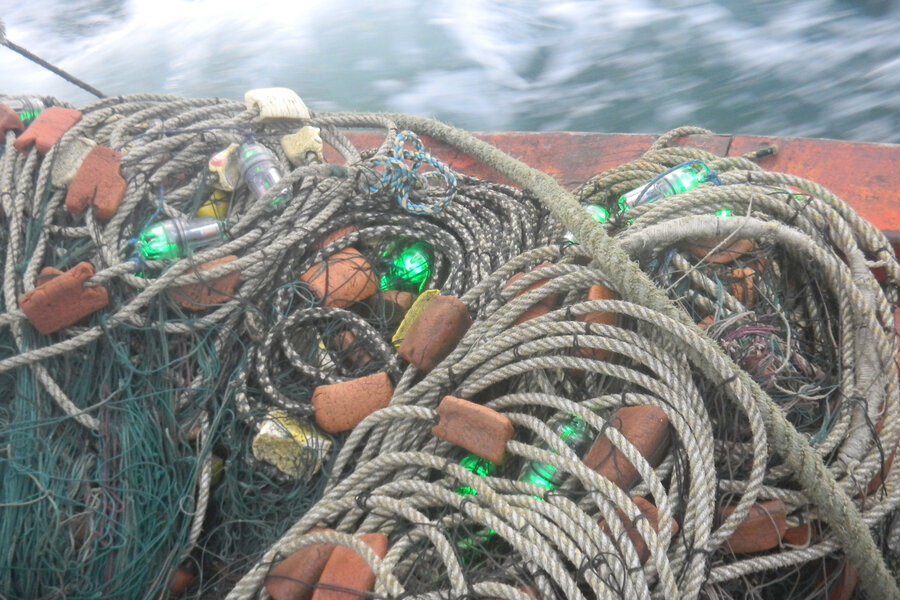How LED lights could save sea turtles
Loading...
A lightbulb moment from scientists could result in thousands of vulnerable marine mammals saved.
Scientists from the University of Exeter have completed a study that suggests attaching lights to fishing nets dramatically reduced the amount of sea turtles are accidentally caught. The study took place in Sechura Bay in northern Peru.
“The turtle populations in the eastern Pacific are among the world’s most vulnerable and we are hoping that by reducing bycatch, particularly in gillnets, will help with the management and eventual recovery of these populations,” Jeffrey Mangel, one of the lead authors of the paper, said in a press release.
Sea turtles live in Peruvian coastal waters, with multiple species of green, olive ridley, hawksbill, loggerhead, and leatherback turtles all using the area for foraging. But, the area is also an active fishing ground for Peruvian fishermen. The fishermen use gillnets to target guitarfish and other marine life for commercial and private use. In total, an estimated 100,000 kilometers of net is cast each year, according to the press release.
Endangered sea turtles are often caught in the net by mistake. Unable to surface for air, thousands of ensnared turtles die every year as a result. LEDs could offer a low-cost solution to reduce the deaths of sea turtles, while still supporting the crucial fishing industry in Peru, researchers says.
The study is the first time LEDs have been tested in a working fishery, and the results are promising. During testing, control nets caught 125 green turtles, while the LED-lit nets ensnared just 62, with no negative impact on the amount of other fish being harvested.
At just $2 a light, the cost of saving one turtle is just $34, low enough for even small-scale fisheries to implement, the researchers say. They expect price to drop as the practice is adopted on a larger scale.
The team behind the project is now approaching bigger fisheries to try and repeat their findings while scaling up. They will also experiment with different colored lights to try to improve their research. In the meantime, their findings have been well received by government and non-government agencies alike.
"Bycatch is a complex, global issue that threatens the sustainability and resilience of our fishing communities, economies and ocean ecosystems," said Eileen Sobeck, assistant NOAA administrator for fisheries, said in the press release. "Funding research like this is key to NOAA's efforts to reduce bycatch. Through this work, we can better protect our natural resources."
The researchers published their findings Wednesday in the journal Marine Ecology Progress Series.






